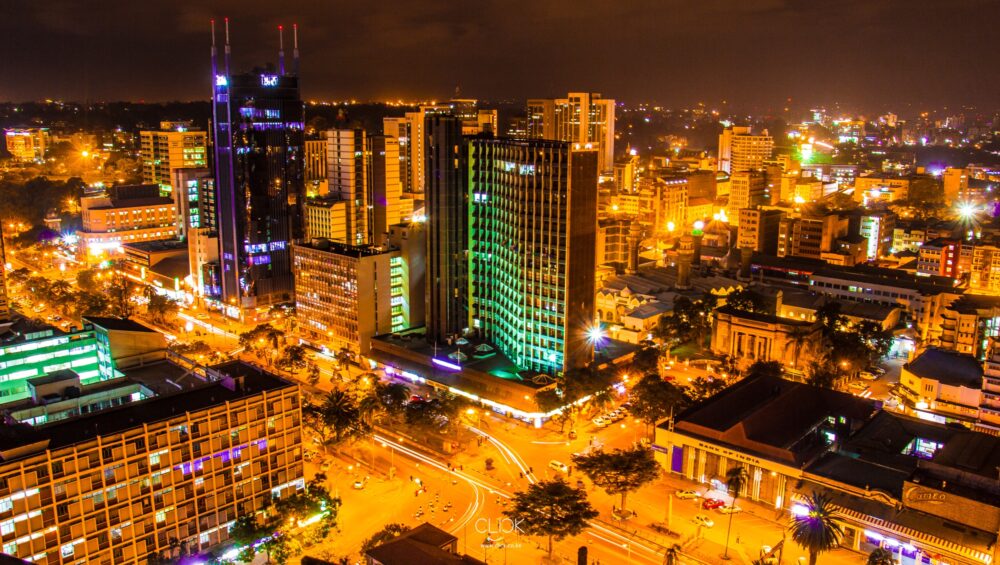Nairobi, the capital and largest city of Kenya, has a rich history that reflects the country’s colonial past and its subsequent journey to becoming a vibrant urban center. Here is a brief overview of Nairobi’s history:
- Early Settlements:
- Before Nairobi’s establishment, the area was inhabited by Maasai pastoralists. The Maasai had a presence in the region, primarily using it for grazing their livestock.
- Railway Construction (Late 19th Century):
- Nairobi’s modern history began in the late 19th century when the British decided to build a railway from the coast of Mombasa to Uganda. The railway construction camp, established in 1899, became the nucleus of what would later become Nairobi.
- British Colonial Era (Early 20th Century):
- Nairobi became the capital of British East Africa (now Kenya) in 1905, replacing Mombasa. The city quickly grew as a center for colonial administration, trade, and as a hub for the emerging East African railway network.
- The construction of the railway brought in a diverse population, including Indian and European laborers, traders, and administrators, contributing to Nairobi’s multicultural character.
- World War I:
- During World War I, Nairobi served as a military base for British and Indian troops.
- Urbanization and Development (Mid-20th Century):
- After World War II, Nairobi experienced rapid urbanization and development. The city expanded as more people moved in for economic opportunities, and it became an important commercial and financial center.
- Independence (1963):
- Kenya gained independence from British colonial rule on December 12, 1963, and Nairobi continued to serve as the capital of the newly formed Republic of Kenya.
- Post-Independence Growth:
- In the post-independence period, Nairobi saw significant growth and development. It became an economic and political hub, hosting various international organizations, diplomatic missions, and the United Nations Environmental Programme (UNEP).
- Economic Hub:
- Nairobi is now a major economic center, with a thriving business district, financial institutions, and a growing technology sector. The city is an important player in the region’s economy and is often referred to as the “Green City in the Sun” due to its pleasant climate and green spaces.
- Challenges:
- Like many rapidly growing urban centers, Nairobi faces challenges such as traffic congestion, informal settlements, and infrastructure demands. However, ongoing efforts are being made to address these issues and enhance the city’s livability.
Nairobi’s history reflects its transformation from a railway construction camp to a bustling metropolis, capturing the influences of colonialism, independence, and the dynamic growth of a modern African capital.





